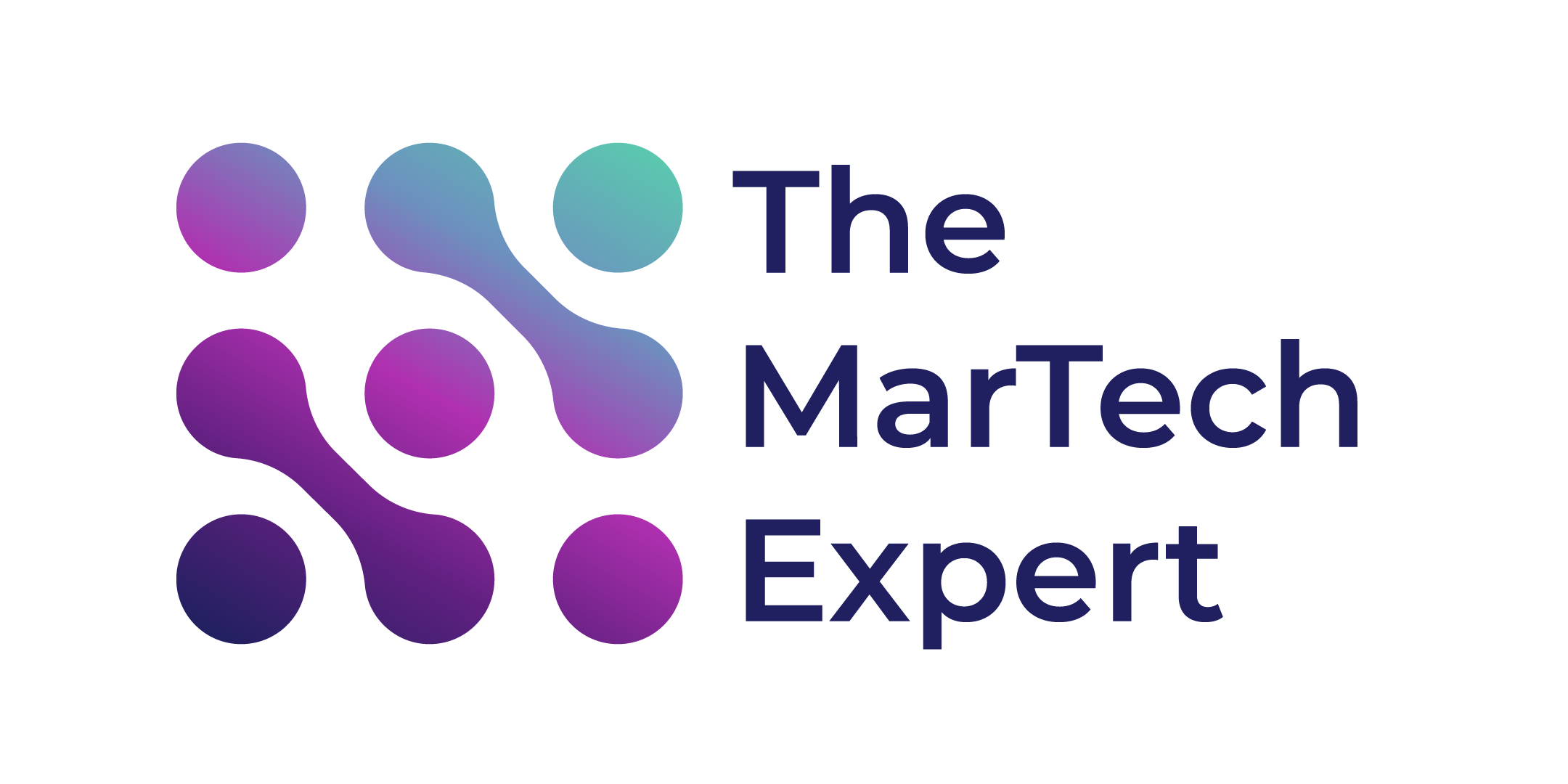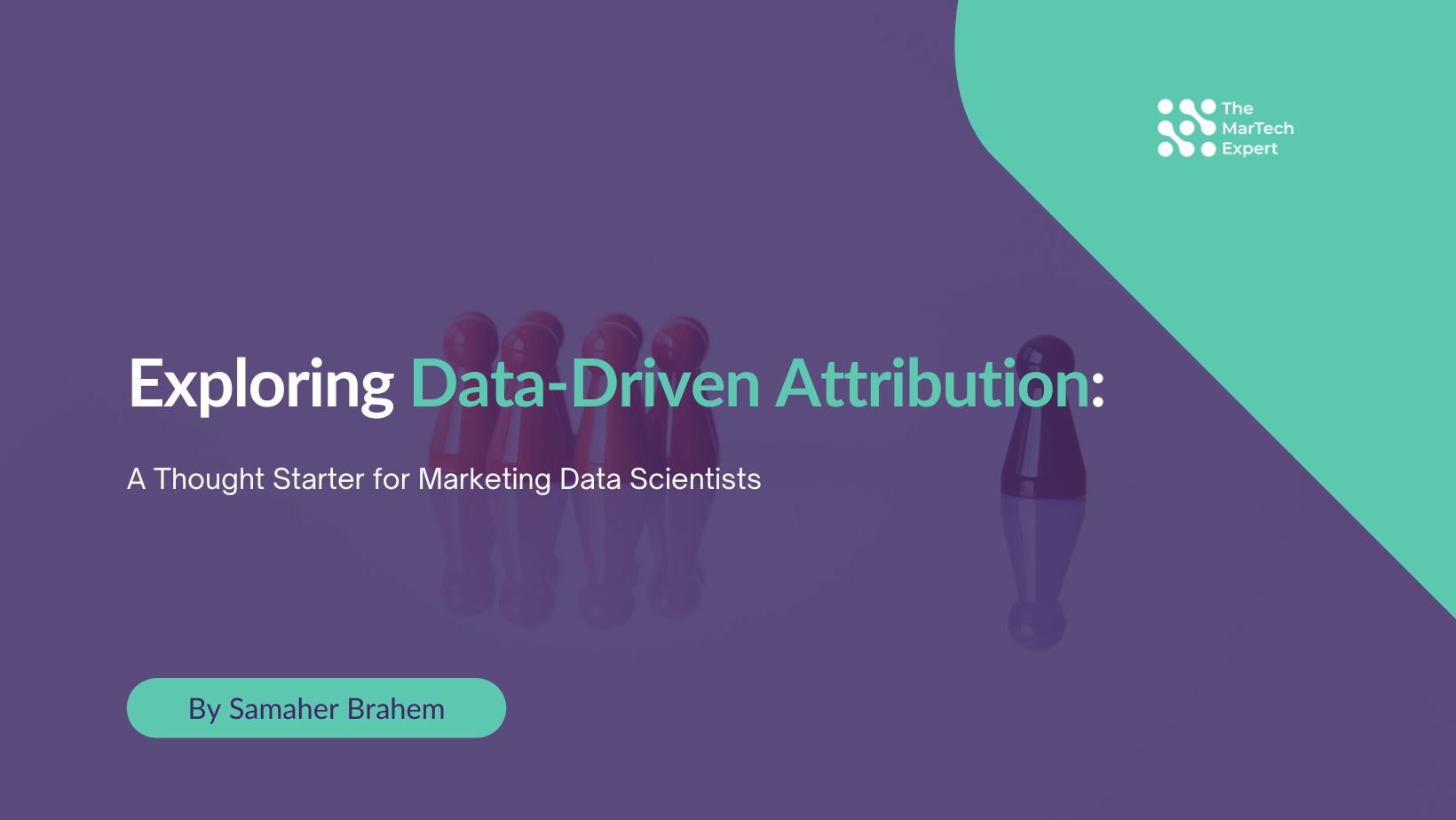Everybody wants results. In today’s high-stakes marketing game, we’re left wondering: are traditional attribution models outdated? If they are, could data-driven attribution models be the answer we need for gaining precise insights and gaining the edge in the market?
We’re here to break down the science of building a data-driven attribution model. No fluff, no super technical jargon. Just the essentials you need to understand and implement these models. This is relevant to you regardless of where you are on the marketing-data science spectrum.
What is Marketing Attribution?
Marketing attribution is the process of identifying which marketing actions contribute to sales or conversions. Accurate attribution is essential for optimizing your spend and boosting ROI. It’s about understanding what works and doubling down on it.
Traditional vs. Data-Driven Attribution Models
Traditional attribution models
Traditional attribution models include First-Touch, Last-Touch, Linear, Time Decay, and Position-Based. Each of these models has its strengths and weaknesses, often rooted in their simplistic approaches.
- First-Touch Attribution assigns all credit to the first interaction a customer has with your brand. This model highlights initial engagement but overlooks the influence of subsequent touchpoints.
- Last-Touch Attribution credits the final interaction before conversion, focusing solely on the last step a customer took. While this highlights the closing touchpoint, it disregards earlier interactions that may have contributed to the conversion.
- Linear Attribution distributes credit evenly across all touchpoints in the customer journey. This model provides a balanced view but can dilute the significance of touchpoints that may have played a more crucial role in influencing the conversion.
- Time Decay Attribution assigns more credit to touchpoints that occurred closer to the conversion. It recognizes that interactions nearer to the conversion are likely more influential but may under-represent the role of earlier engagements.
- Position-Based Attribution allocates credit based on the position of the touchpoints in the journey, often giving more weight to the first and last interactions. This approach aims to balance recognition across the journey but can still miss nuances in the customer’s path.
While these traditional models provide a structured approach to understanding attribution, they have limitations due to their one-dimensional nature. They often fail to capture the full complexity of the customer journey, leading to incomplete or skewed insights.
You May Also Like: Contextual Targeting in Programmatic: How to Use it the Right Way to Boost your ROI
Data-driven attribution models
Unlike traditional methods, data-driven attribution models leverage advanced statistical analysis and machine learning to assign credit based on the actual impact of each touchpoint. These models analyze the entire customer journey, considering how each interaction influences the probability of conversion. They provide a comprehensive view that addresses the limitations of traditional models by offering a more nuanced understanding of each touchpoint’s role.
For example, a data-driven model might reveal that a particular touchpoint, which traditional models might undervalue, plays a critical role in the conversion process. Imagine a football game where conversions are goals, and different touchpoints are players contributing to the final score. Each pass, assist, and move leading up to the goal counts, and data-driven attribution captures that entire process. This comprehensive view enables marketers to optimize their strategies based on a detailed understanding of how each touchpoint contributes to the overall customer journey, leading to more accurate allocation of resources and improved marketing effectiveness.
The Basics of Creating a Data-Driven Attribution Model
Collecting accurate and comprehensive data is crucial. You need a full view, from website analytics to CRM systems and ad platforms. Once you have your data, the next step is to clean, prepare, and polish it. Quality and consistency are essential, so take your time to ensure your data is clear and reliable.
Choosing the right model is the next step. The options are practically endless, ranging from Markov chains to Shapley value, each offering a unique way to attribute credit to different touchpoints. Markov chains analyze the probability of transitions between touchpoints, while Shapley value allocates credit based on each touchpoint’s contribution.
After selecting a model, implement it to analyze your data and assign credit accurately. Validate the model to ensure it’s working as intended and delivering reliable insights. Finally, interpret these results to transform data into actionable strategies. Use the insights gained to refine your marketing approach and make decisions that drive your marketing efforts forward.
You May Also Like: Beyond Cookies: Exploring the Implications of Google’s Privacy Sandbox
Wrapping Up
Data-driven attribution models are your advantage. They provide precise insights, optimize your spend, and improve decision-making. Start considering how these models can be integrated into your marketing efforts. Exploring specific tools and consulting with a MarTech expert can help you elevate your strategy.
Samaher is a MarTech professional with a strong background in marketing data analytics, marketing automation, email marketing, and paid ads. She has successfully helped companies such as Advyteam, Acredius, and Keyrus achieve their marketing goals through her analytical approach and strategic thinking.














